Journal of Daylighting
Journal of Daylighting is a peer-reviewed international journal devoted to investigations of daylighting in buildings. It is the leading journal that publishes original research on all aspects of Energy, buildings, and lighting. Areas of special interest for this journal include, but are not limited to, the following:
- Energy
- Energy sources
- Energy systems
- Energy-efficient technologies
- Energy and environment
- Energy storage
- Artificial intelligence in energy systems
- Photovoltaic cells and systems
- Building-integrated photovoltaics
- Solar thermal
- Solar energy applications
- Buildings
- Architectural/Building engineering
- Smart buildings
- Building energy modeling
- Building physics
- Building envelopes
- Indoor environment quality
- Lighting
- Illumination optics
- Daylighting
- Artificial lighting
- Lighting simulation
- Lighting designs
- Luminaires
- Lighting metrology and light quality
- Lighting control
Abstracting & Indexing
Scopus (Elsevier)
EBSCO
Directory of Open Access Journals (DOAJ)
Architectural Periodicals Avery Index
CrossRef

RESEARCH ARTICLE
Tessellation-Based Origami-Inspired Movable Façade for Daylighting and
This study emphasizes the importance of daylight performance in interior spaces as a critical factor in achieving global Sustainable Development Goals, including energy efficiency, environmental sustainability, and healthy living conditions.
Journal of Daylighting 12 (2025) 252-264

RESEARCH ARTICLE
Sensitivity Analysis and Optimization of Facade Design to Improve Daylight
This study examines the daylighting performance of a classroom with bilateral opening typology and an adjacent building on one side. The openings are located on the east and west sides of the classroom, with the adjacent building situated on the west side.
Journal of Daylighting 12 (2025) 235-251

RESEARCH ARTICLE
Integrating Acoustic Comfort and Daylighting in Transparent Multi-Purpose Halls:
Multi-purpose halls are halls where many different activities, such as music, theater, speech, and shows, can be performed in the same space. Recently, multi-purpose halls illuminated with daylight have been frequently seen.
Journal of Daylighting 12 (2025) 215-234

RESEARCH ARTICLE
Assessing the Indoor Thermal Comfort and Adaptive Behaviours of Older
Population aging, extreme weather conditions, and rising energy costs present significant challenges, especially in developing Asian countries like India.
Journal of Daylighting 12 (2025) 190-214

RESEARCH ARTICLE
Balancing the Parameters of Perforated Solar Screens to Optimize Daylight
Perforated solar screens (PSSs) have been widely used as an outer skin for the fully glazed façades of office buildings for their environmental and aesthetic benefits..
Journal of Daylighting 12 (2025) 167-189

RESEARCH ARTICLE
A Framework for Integrating Zoning Regulations and Site Layout Design
Daylight is one of the primary sources to ensure a comfortable, healthy, and energy-efficient neighborhoods. Zoning regulations significantly influence daylight-driven site layouts by constraining design decisions, particularly at the neighborhood scale.
Journal of Daylighting 12 (2025) 148-166

RESEARCH ARTICLE
Uncertainty and Sensitivity Analyses of Switchable Slat Insulated Shades for
To balanced multi-criteria's daylighting performance in indoor spaces, several dynamic metrics have been proposed, but so far there is no convention on which daylight metrics thresholds are preferred and which objective weights are given priority in optimization of daylighting under certain climate.
Journal of Daylighting 12 (2025) 125-147
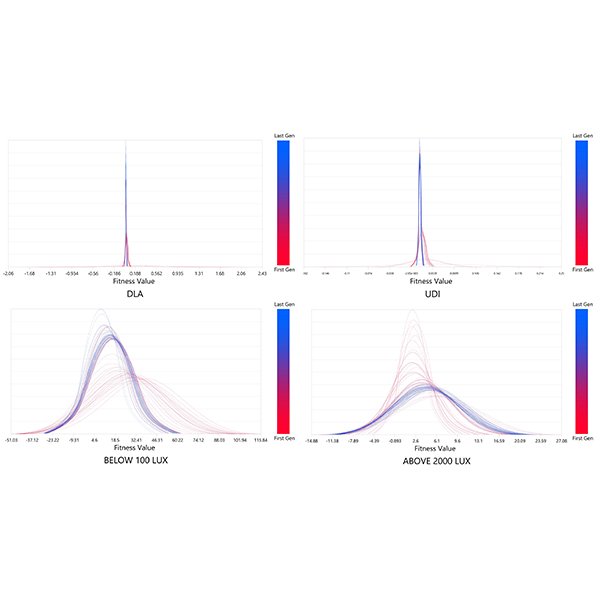
RESEARCH ARTICLE
Multi-Objective Performance Evaluation Framework for Integrated Fiber-Reinforced Shading
Shading systems are associated by their ability to control various factors such as energy consumption, visual comfort, and natural ventilation. To fulfill such economic, environmental, and social requirements, the use of integrated modular fiber-Reinforced Concrete (FRC) shading systems has become popular in recent years.
Journal of Daylighting 12 (2025) 111-124
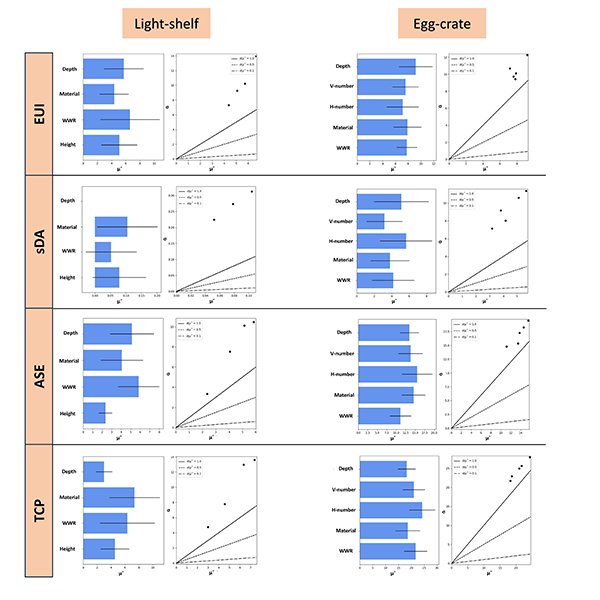
RESEARCH ARTICLE
Multi-objective Optimization of Window and Shading Systems for Enhanced
Addressing the challenges of global warming and rising energy demands, this study explores fixed shading systems as passive and sustainable solutions to improve energy efficiency, thermal comfort, and daylight performance in office buildings.
Journal of Daylighting 12 (2025) 91-110

RESEARCH ARTICLE
Designing Adaptability Strategy to a Novel Kinetic Adaptive Façade (
The design and evaluation of adaptive facades (AFs) have become increasingly complex due to advancements in morphology, control strategies, and adaptability techniques.
Journal of Daylighting 12 (2025) 69-90

RESEARCH ARTICLE
Feasibility Study of Five Solar Thermal Power Plants in Arequipa,
Knowing the Levelized Cost of Energy (LCOE) allows for evaluating the profitability of different energy generation technologies, identifying the options with the lowest costs, and, in turn, promoting the transition to more sustainable energy sources for governments and private companies.
Journal of Daylighting 12 (2025) 51-68

RESEARCH ARTICLE
Optimisation of Indoor Spatial and Temporal Aspects of Deep Architectural
Visual comfort in deep rooms with side lit openings varies by positions and time; thus, interventions are required to provide comfort for all users in a room.
Journal of Daylighting (2025) 40-50

RESEARCH ARTICLE
The Effect of Curved Light Shelves, Ceiling and Window Characteristics
Daylighting is related to the user's psychological and physiological effects in educational space. The amount of daylighting significantly influences visual comfort, work tasks, academic performance and productivity.
Journal of Daylighting 12 (2025) 21-39

RESEARCH ARTICLE
Daylight Optimization of the South-Faced Architecture Classrooms Using Biomimicry-
Building design is a product of multiple factors, such as concept and aesthetics, building materials and technologies, environmental conditions, and daylight requirements of the inner spaces.
Journal of Daylighting 12 (2025) 1-20
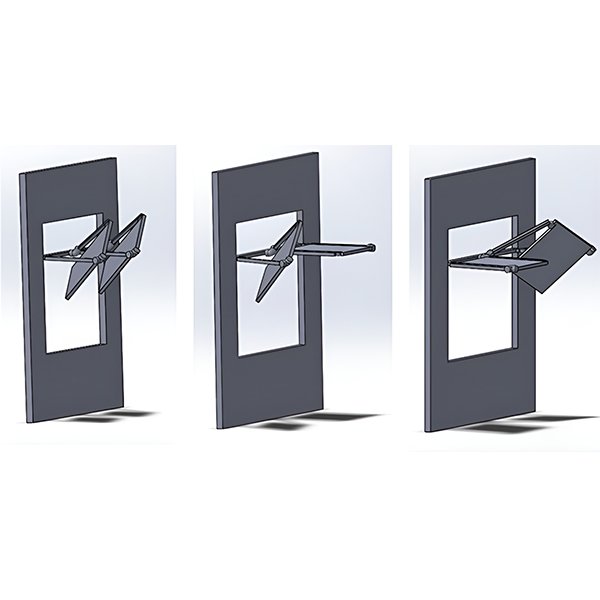
RESEARCH ARTICLE
Design Alternatives of Light Shelves using Altmann Linkage
This paper proposes a novel new light shelf design with Altmann linkage using its kinetic principles: geometry and rotational angles. As previous studies explain a light shelf’s design in two ways: static and movable, the proposed one in this study has the potential to track the path of the sun due to its diagonal movement. .
Journal of Daylighting 11 (2024) 391-407
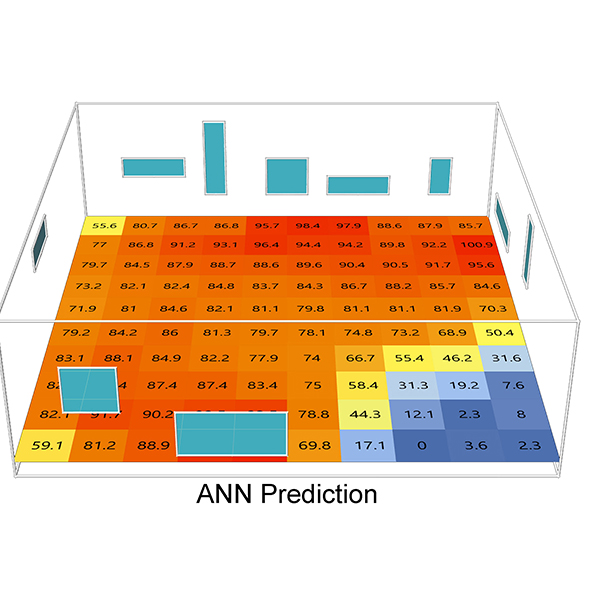
RESEARCH ARTICLE
Unfolding 3D Space into Binary Images for Daylight Simulation via
Daylighting plays a crucial role in building science, impacting both occupants’ well-being and energy consumption in buildings. Balancing the size of openings with energy efficiency has long been a challenge. .
Journal of Daylighting 10 (2023) 204-2013
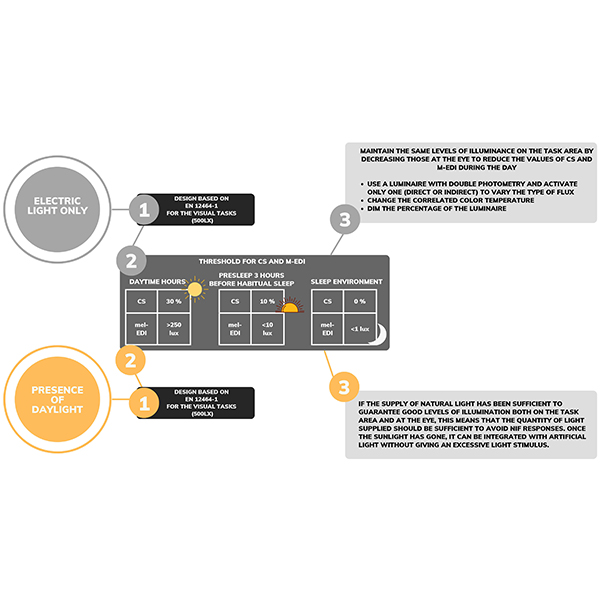
RESEARCH ARTICLE
Integrative Lighting Design: How to Optimize Visual and Non-visual
The objective of this paper is to outline fundamental principles for the electric lighting design of workplace environments such as offices. The study considers both the suggested guidelines and values for non-visual light design and the specifications for visual tasks dictated by the EN 12464-1:2021.
Journal of Daylighting 10 (2023) 192-203
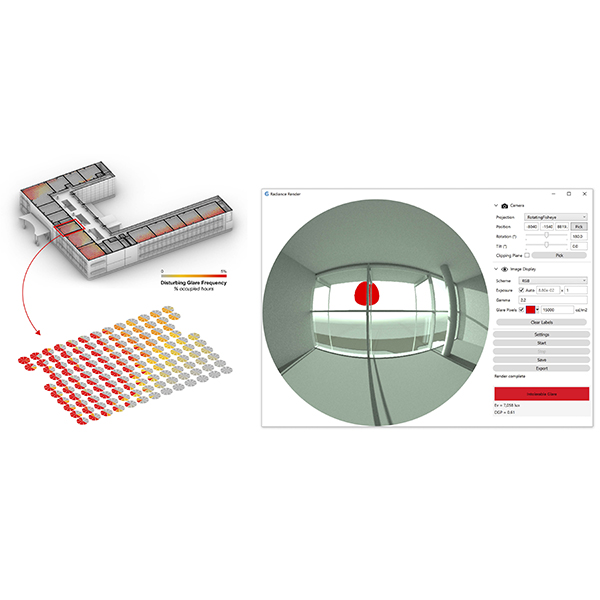
RESEARCH ARTICLE
The Effect of Parametric Patterned Façade Variations on Daylight
Parametric design influences on building envelope design are exponentially increasing in the current era due to the dominance of computational design on architectural outcomes.
Journal of Daylighting 10 (2023) 173-191
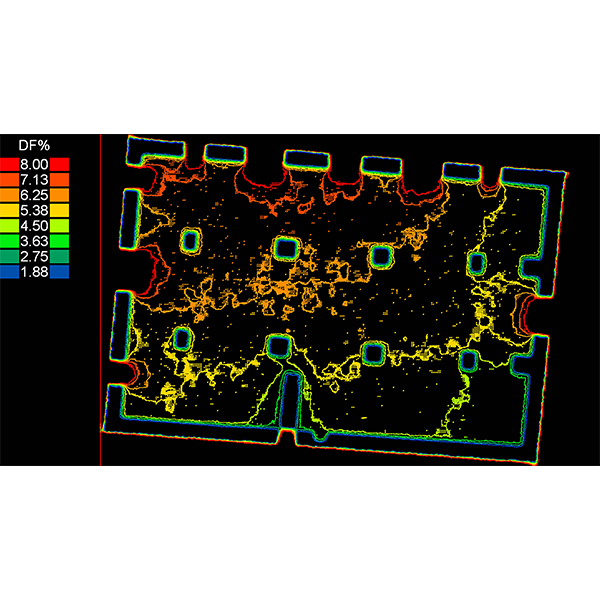
RESEARCH ARTICLE
Analysing the Daylighting Performance of the Main Prayer-hall in
This paper studies the daylighting quality of the indoor prayer-hall in The Great Upper Mosque of Hama city in Syria, highlighting this distinctive historical converted building that has been functioning as a mosque since the entry of Islam in the 6th century AD.
Journal of Daylighting 10 (2023) 153-172
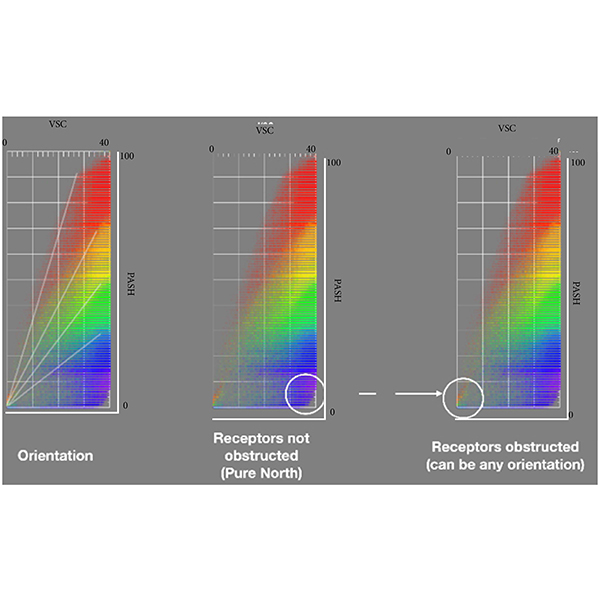
RESEARCH ARTICLE
Sunlight-Daylight Signature: a Novel Concept to Assess Sunlight and
Daylighting and solar availability at urban scale has come to play a crucial role in the perception of discomfort conditions for people, both in outdoor and indoor spaces, and on the energy consumption of buildings.
Journal of Daylighting 10 (2023) 136-152
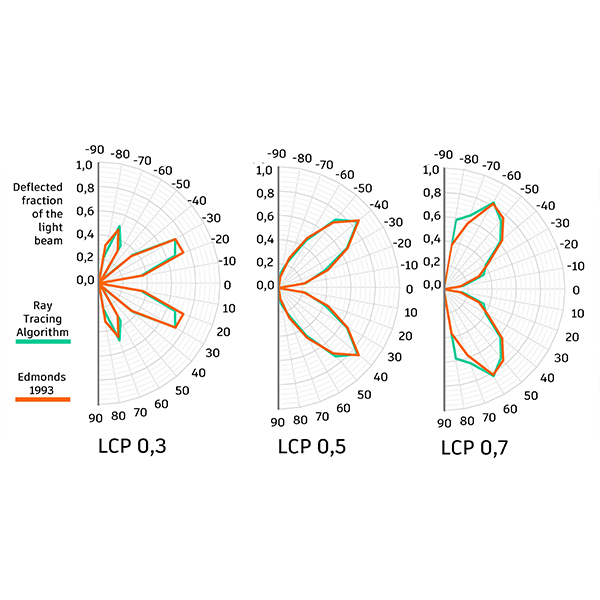
RESEARCH ARTICLE
Ray Tracing Algorithm to Simulate Laser-Cut Panel Light-Redirecting
Daylighting simulation software is an important tool to improve the quality of building design and to improve the quality of the built environment. For its application to correspond to reality, its algorithm needs to reflect real behaviour in the best possible way.
Journal of Daylighting 10 (2023) 87-98
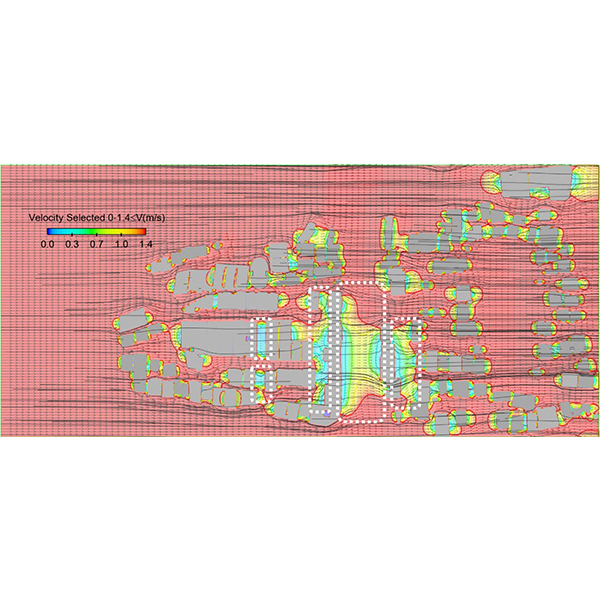
RESEARCH ARTICLE
The Effects of Orientation and Width of Space Between Buildings
Excessive heat in the high-rise urban fabric has contributed to pedestrian and occupants' discomfort. Establishing wind circulation in space with an environmentally compatible and optimal configuration is necessary to improve comfort in this region.
Journal of Daylighting 10 (2023) 99-116
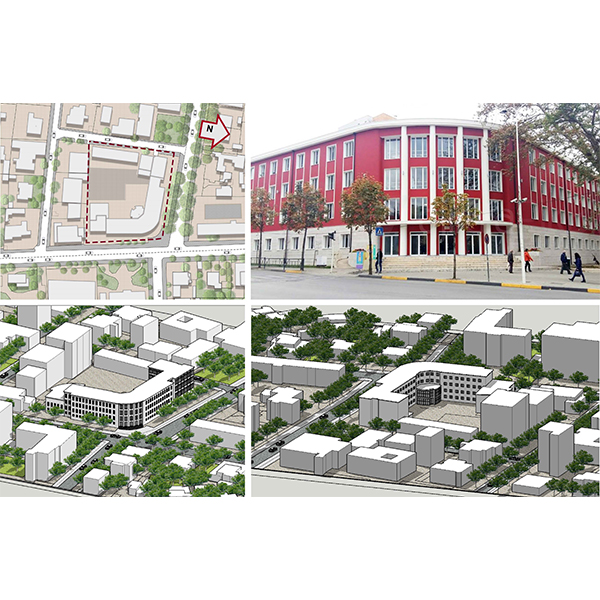
RESEARCH ARTICLE
Evaluation of the Visual Comfort and Daylight Performance of the
The daylight in classrooms is a crucial aspect that affects the quality of the learning environment and the overall performance of the students. Visual arts, such as painting, sculpture, carving, textile design and photography, require specific lighting conditions, which are different from the regular classroom standards.
Journal of Daylighting 10 (2023) 117-135
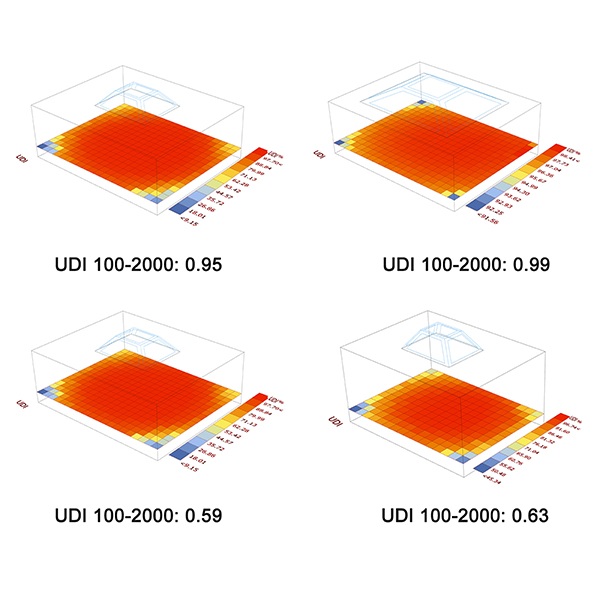
RESEARCH ARTICLE
Design Optimization of the Skylight for Daylighting and Energy Performance
In terms of sustainable design, lateral windows and skylights are important. Daylighting has become a vital component in office buildings because it increases occupants' productivity, well-being, and energy savings via windows and skylights.
Journal of Daylighting 10 (2023) 72-86

RESEARCH ARTICLE
The Architectural Design of Building Façade Models Related to
Lighting control integrated with daylighting is recognized as an important and useful strategy in energy efficient building design. One of the right factors to reduce energy consumption for artificial lighting during the day is the maximum utilization of sunlight.
Journal of Daylighting 10 (2023) 60-71

RESEARCH ARTICLE
Evaluation of Occupants’ Visual Perception in Day Lit Scenes: A
Daylight improves indoor environmental quality, the physical and mental health of occupants, and their efficiency. Research in the area of human-centric lighting that considers the visual and non-visual effects of light on human vision, have focused on examining human visual perception in response to a wide variety of lighting aspects.
Journal of Daylighting 10 (2023) 45-59

RESEARCH ARTICLE
Impact of Window Design on Dynamic Daylight Performance in an
Window design affects the building's appearance. Besides, it has a significant impact on daylight performance and the visual comfort of interior spaces.
Journal of Daylighting 10 (2023) 31-44

RESEARCH ARTICLE
Visual Comfort Assessment of Hospital Patient Rooms with Climate Responsive
As advanced technologies become prevalent, they are being used more widely in numerous fields. The building sector is not an exception. One of these cutting-edge technologies is responsive facades, which are used in buildings and have an undeniable effect on daylighting.
Journal of Daylighting 10 (2023) 17-30

RESEARCH ARTICLE
Biomimicry as an Approach to Improve Daylighting Performance in Office
Biomimicry inspired architects to solve complex design problems and develop adaptive solutions for enhancing the environmental quality. Fields of inspiration include energy efficiency, natural ventilation, daylighting, and structural stability.
Journal of Daylighting 10 (2023) 1-16
Join our Editorial Board
Applications should be sent electronically at jd@solarlits.com.
Editorial Board

Dr Paola Sansoni
CNR-INO, Italy

Dr Ferdinando Salata
University of Rome, Italy

Dr. Kacem Gairaa
center for renewable energy development, Algeria

Prof Laura Bellia
University of Naples Federico II, Italy

Dr Canan Kandilli
Usak University, Turkey

Dr Boon Han Lim
Universiti Tunku Abdul Rahman, Malaysia

Dr Susana Lagüela López
University of Vigo, Spain

Prof. Nabil Elminshawy
Port Said University, Egypt

Prof. Antonio Manuel Peña García
University of Granada, Spain

Dr Guiqiang Li
University of Science and Technology of China, China

Dr Valerio Roberto Maria LO VERSO
Politecnico di Torino (Polytechnic University of Turin), Italy

Dr Fabio Peron
IUAV University of Venice, Italy

Prof Francesco Asdrubali
University of Perugia, Italy

Prof. Barbara Szybinska Matusiak
NTNU, Norway

Dr Arsenio Barbón
University of Oviedo, Spain

Dr. Michele Rocca
University of Pisa, Italia

Dr. Feride Şener Yılmaz
Istanbul Technical University, Turkey

Prof. BANU MANAV
Kadir Has University, Turkey

Omid Nematollahi
Isfahan University of Technology, South Korea

Dr Hui Lv
Hubei University of Technology, China

Dr Lim Yaik Wah
Universiti Teknologi Malaysia, Malaysia

Dr Petar Pejic
University of Niš, Serbia

Dr Seyed Morteza Hosseini
Aalborg University, Denmark

Prof Jitka Mohelnikova
Brno University of Technology, Czech Republic

Dr Paula M. Esquivias
University of Granada, Spain

Dr Francesco Sommese
University of Naples Federico II, italy

Dr Rizki A. Mangkuto
Institut Teknologi Bandung, Indonesia

Dr Karam M. Al-Obaidi
Sheffield Hallam University, UK

Dr. Francesco Nocera
Department of Civil Engineering and Architecture, University of Catania (ITALY), Italy

Dr. Francesca Fragliasso
University of Naples Federico II, Italy
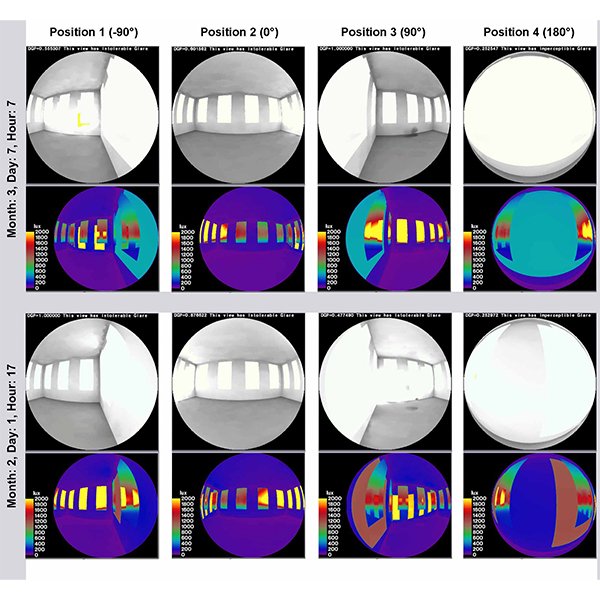
RESEARCH ARTICLE
Impact of Different Shading Devices on Daylight Performance and Visual
Daylighting has become an essential feature in libraries since it can boost productivity, well-being, and energy savings. It is crucial to prevent discomfort glare irritation while maintaining the quality of view, and daylight demands.
Journal of Daylighting 9 (2022) 97-116
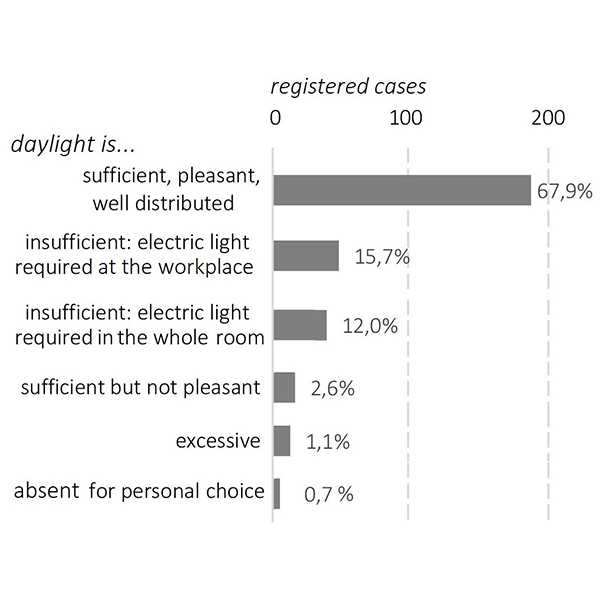
RESEARCH ARTICLE
Lighting Quality Self-assessment in Italian Home Offices
The spread of information technology and the improvement of telecommunicating systems have changed the way to conceive work. People performing typical office activities provided with a laptop and an internet connection can work in whatever place: a coffee house, a waiting room of a train station, an airport, or their own home.
Journal of Daylighting 9 (2022) 177-196
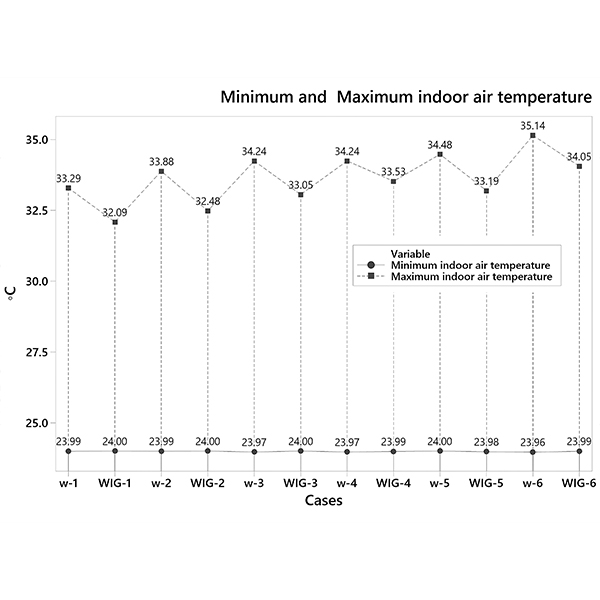
RESEARCH ARTICLE
Assessment of the Thermal Performance of Vertical Green Walls Using
Construction of multifunctional building envelopes using vertical greenery walls (VGW) has emerged as a sustainable green technology to improving cooling efficiency.
Journal of Daylighting 8 (2021) 294-312
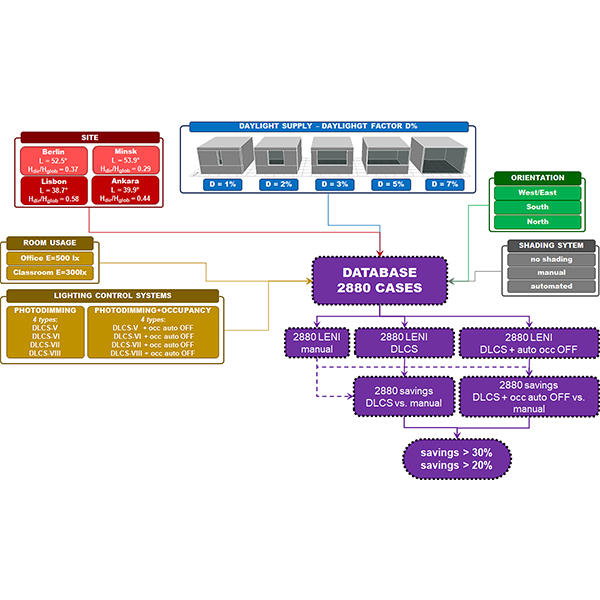
RESEARCH ARTICLE
Energy Saving Generated Through Automatic Lighting Control Systems According to
The standard EN 15193-1:2017 “Energy performance of buildings - Energy requirements for lighting” introduced a detailed method to calculate the energy demand for lighting in buildings. Th.
Journal of Daylighting 6 (2019) 131-147

RESEARCH ARTICLE
An Improvement to Calculation of Lighting Energy Requirement in the
Daylighting has a recognized potential for electric energy savings when is used as a complement for artificial lighting. This study reviews the comprehensive calculation method for lighting energy requirement in non-residential buildings introduced by the European Standard EN 15193: 2007 and investigates its feasibility in China.
Journal of Daylighting 1 (2014) 16-28
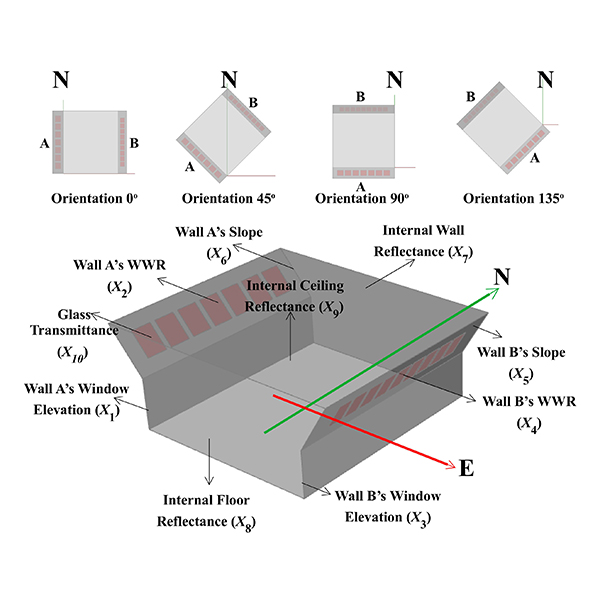
RESEARCH ARTICLE
Optimization of Daylighting Design Using Self-Shading Mechanism in Tropical
Despite its potential, daylighting strategies in school classrooms in the tropical climate regions is little explored in the literature. The use of two-sided or bilateral daylight opening, as well as the self-shading mechanism using sloped walls, are currently seen as potential strategies to achieve good daylighting in tropical buildings.
Journal of Daylighting 9 (2022) 117-136
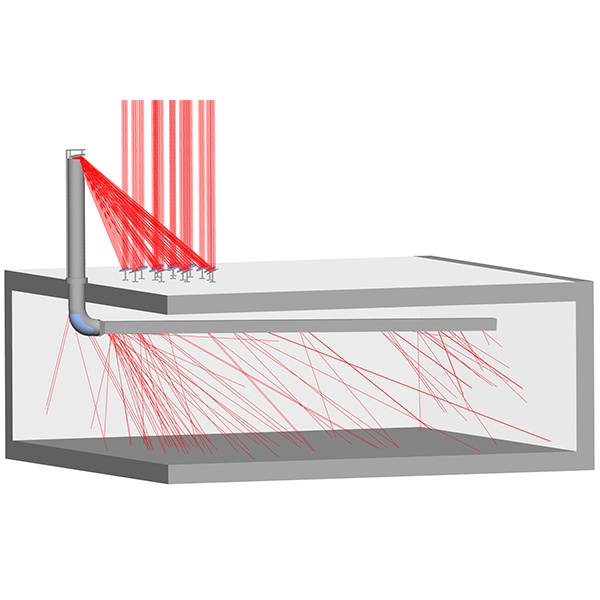
RESEARCH ARTICLE
Heliostats Daylighting System for Multi-floor Buildings
Daylighting has been considered as a major part of sustainable buildings for saving electric lighting and providing benefits such as, health, visual comfort, and productivity of the occupants.
Journal of Daylighting 2019 (2019) 202-209
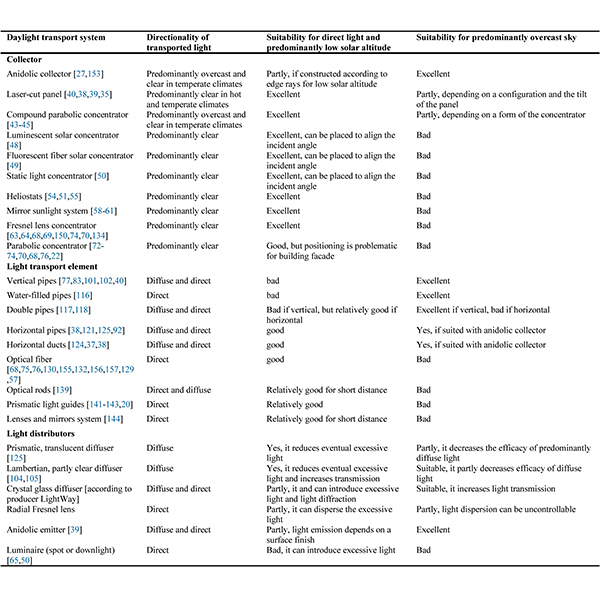
REVIEW ARTICLE
Daylight Transport Systems for Buildings at High Latitudes
This paper is a literature study of daylight transport systems aiming at selecting the most appropriate ones for application at high latitudes. It is limited to the systems that transport light at a long distance from the façade and distribute it either in the building core or at a rear place in a room adjacent to the façade. .
Journal of Daylighting 6 (2019) 60-79
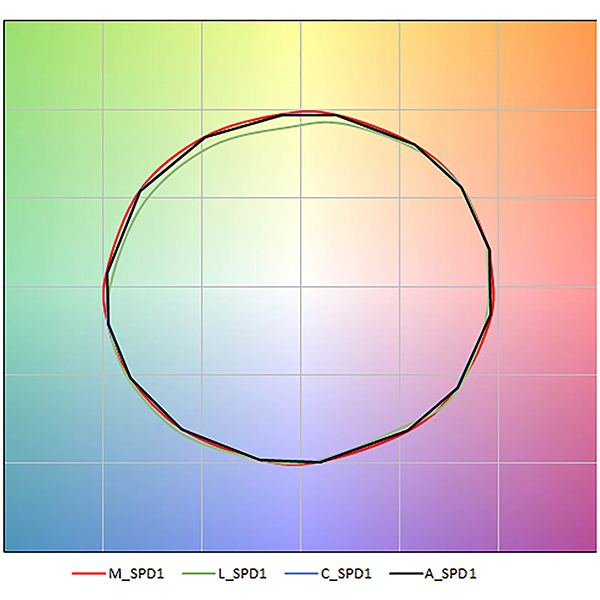
RESEARCH ARTICLE
Effect of window glazing on colour quality of transmitted daylight
In this study, the colour quality of the daylight transmitted through different window glazing types is evaluated. The analysis considered four different types of window glazing: laminated, monolithic, coated and applied film glazing ranging in luminous transmittance from around 0.
Journal of Daylighting 4 (2017) 37-47
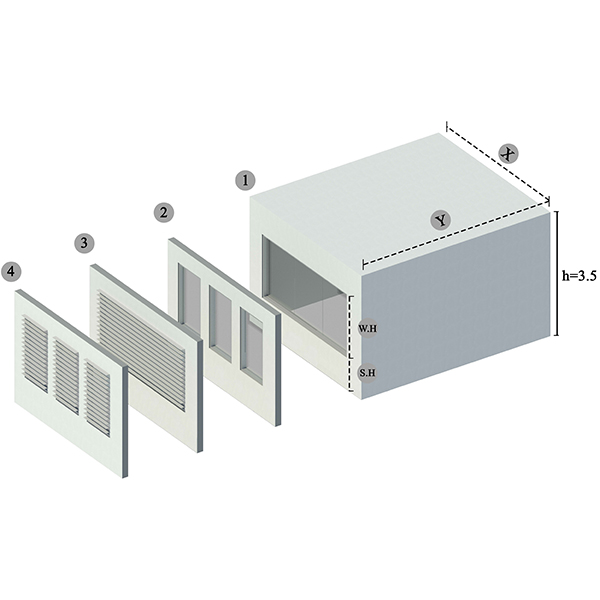
RESEARCH ARTICLE
Development of a Machine-Learning Framework for Overall Daylight and
Application of machine learning methods as an alternative for building simulation software has been progressive in recent years. This research is mainly focused on the assessment of machine learning algorithms in prediction of daylight and visual comfort metrics in the early design stages and providing a framework for the required analyses.
Journal of Daylighting 8 (2021) 270-283
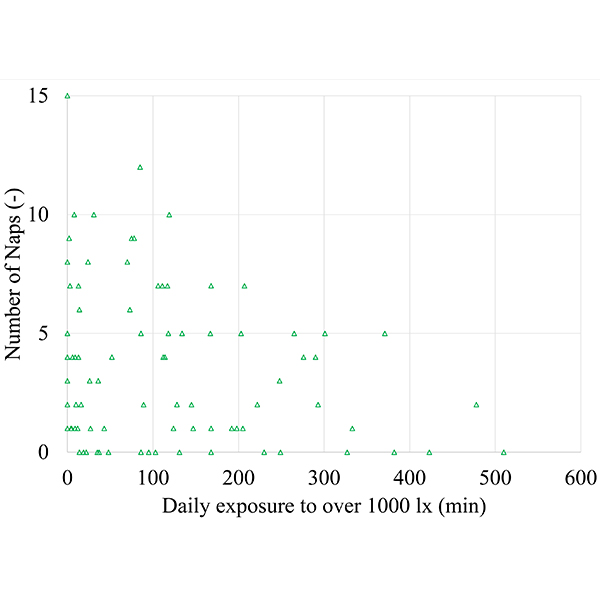
RESEARCH ARTICLE
Exploring the Impact of Natural Light Exposure on Sleep of
Studies among people with dementia demonstrated that the sleep quality and rhythm improves significantly when people are exposed to ambient bright light.
Journal of Daylighting 5 (2018) 14-20
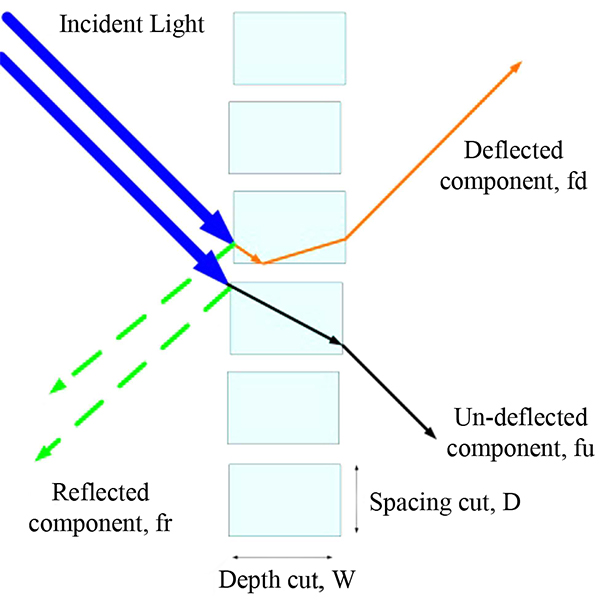
RESEARCH ARTICLE
Maximizing the Performance of Laser Cut Panel by Interaction of
The interaction between different ceiling geometries with laser cut panels (LCPs) is investigated using real experiments and computer simulations to maximize the daylight performance of the LCP.
Journal of Daylighting 1 (2014) 29-35
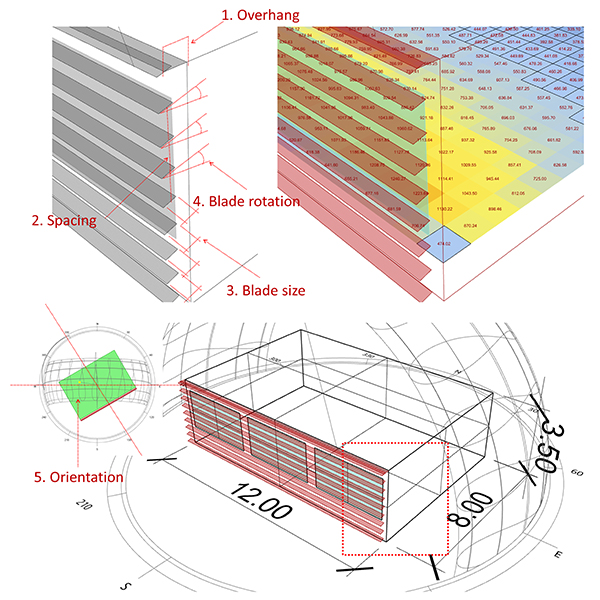
RESEARCH ARTICLE
The optimization of louvers shading devices and room orientation under
This paper presents parametric and multi-objective optimization (MOO) approach in optimizing daylight and energy consumption by incorporating louvres shading devices depicting three different sky conditions: Birmingham, UK, Jakarta, Indonesia, and Sydney, Australia.
Journal of Daylighting 9 (2022) 137-149
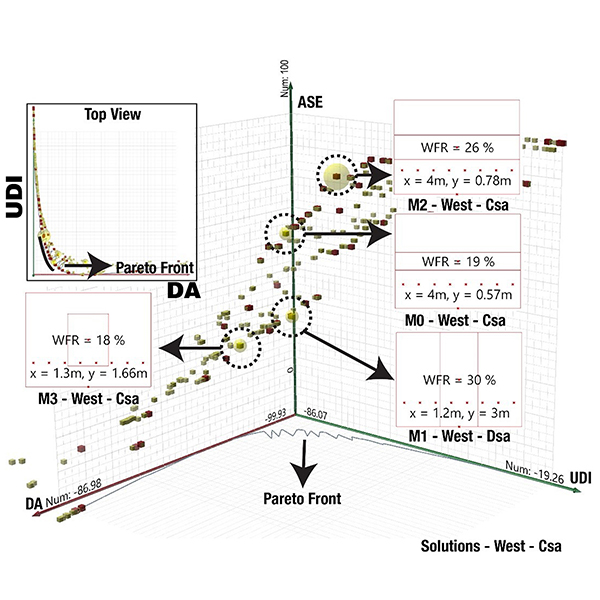
RESEARCH ARTICLE
A Field-validated Multi-objective Optimization of the Shape and
This study aims to determine the optimum size of windows based on the window-to-floor ratio (WFR) for the main cardinal directions in Hot-summer Mediterranean (Csa) and Dry Summer Continental (Dsa) climates (Köppen–Geiger classification system) by carrying out a multi-objective optimization that relies on three dynamic metrics of Useful Daylight Illuminance (UDI-a (autonomous)), Daylight Autonomy (DA), and Annual Sunlight Exposure (ASE1000,250) in Radiance version 5.1..
Journal of Daylighting 7 (2020) 222-237
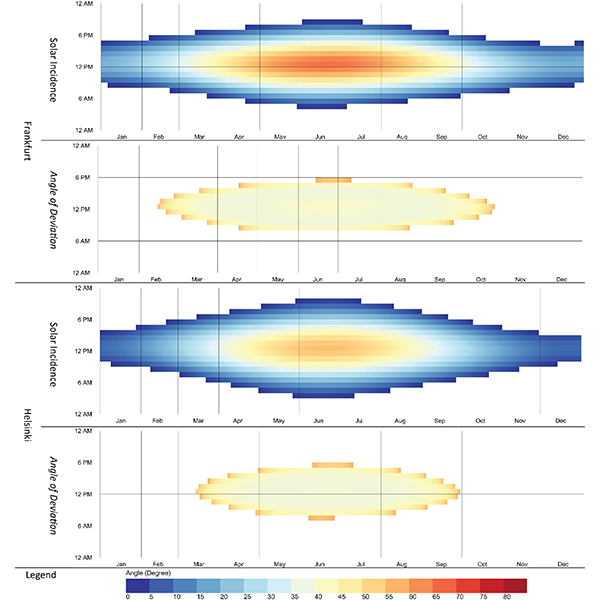
RESEARCH ARTICLE
Solar Angle Model for Daylight Redirection in Prismatic Panel
An advanced complex fenestration system can utilize uniform daylight. Nonetheless, an inefficient design would increase solar heat gain and indoor temperatures, besides uneven light distribution that would cause the "cave effect.
Journal of Daylighting 9 (2022) 257-265
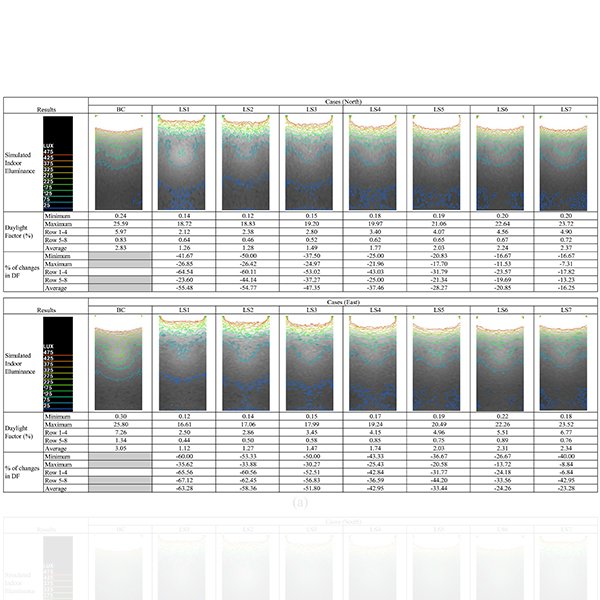
RESEARCH ARTICLE
Daylighting Performance of Integrated Light Shelf with Horizontal Light Pipe
Tropical countries such as Malaysia receives a significant amount of daylight. The utilisation of this renewable resource in a high-rise office building leads to opportunities and challenges.
Journal of Daylighting 9 (2022) 83-96
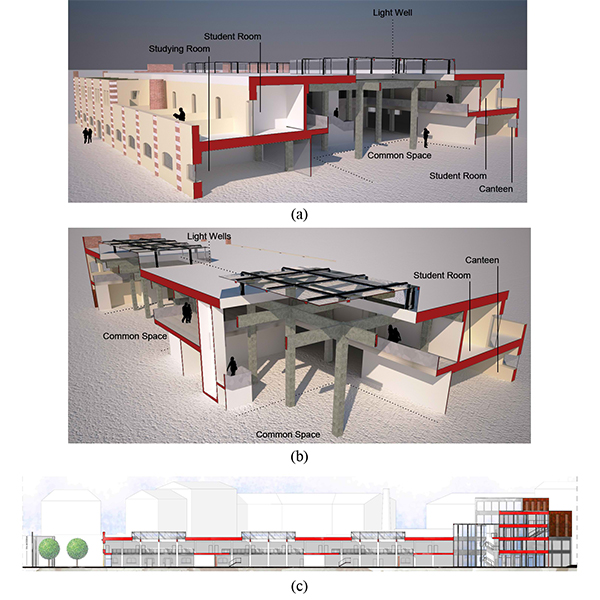
RESEARCH ARTICLE
Daylighting as the Driving Force of the Design Process: from
This paper presents a study for the transformation of an industrial area in Turin, Italy. The area hosts two buildings (one of which appointed as listed) to be transformed into dwellings.
Journal of Daylighting 1 (2014) 36-55
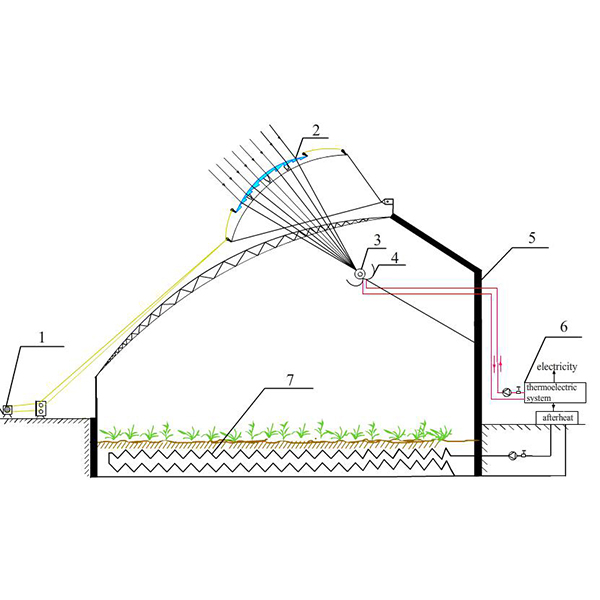
RESEARCH ARTICLE
Optical Analysis of A Sliding-Type Cylindrical Fresnel Lens Concentrating
Agricultural greenhouses are commonly built around cities to supply residents with agricultural products or green plants. With an increasing demand for plants’ growing environment, the temperature and illumination inside the greenhouses are counted especially during cold winter. .
Journal of Daylighting 8 (2021) 110-119
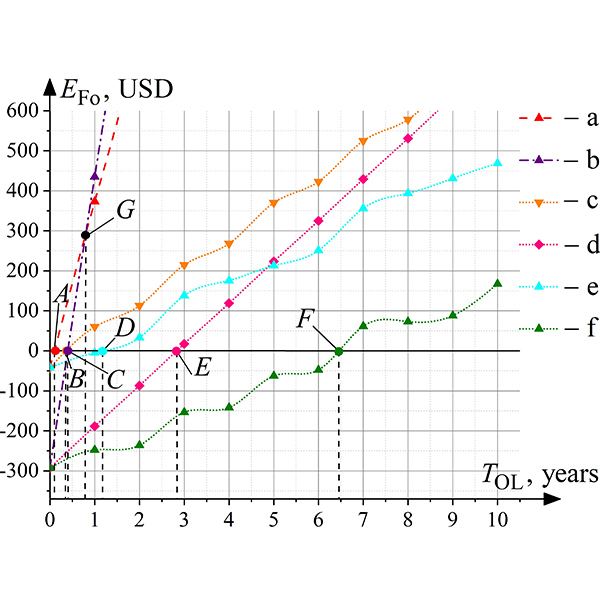
RESEARCH ARTICLE
Economic and Energy Efficiency of Artificial Lighting Control Systems for
The aim of the research is to determine the economic and energy efficiency usage of the artificial lighting control systems, with the help of astronomical relays and motion sensors, by various types of light sources for the stairwells (stair landings and staircases) of multistory residential buildings.
Journal of Daylighting 7 (2020) 93-106
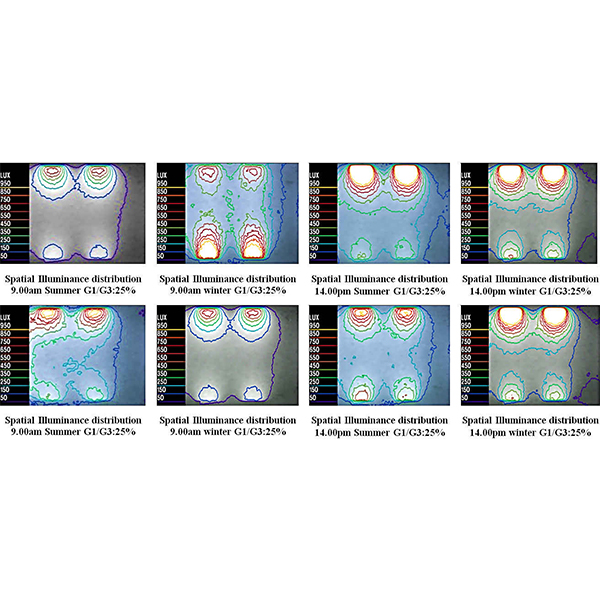
RESEARCH ARTICLE
Optimum Glazing Configurations for Visual Performance in Algerian Classrooms under
Daylight quality and quantity in Algerian schools show serious problems in ensuring visual comfort of students and teachers. Some problems are due to window design, which leads to excessive amount of sunlight penetration into the classrooms.
Journal of Daylighting 6 (2019) 11-22
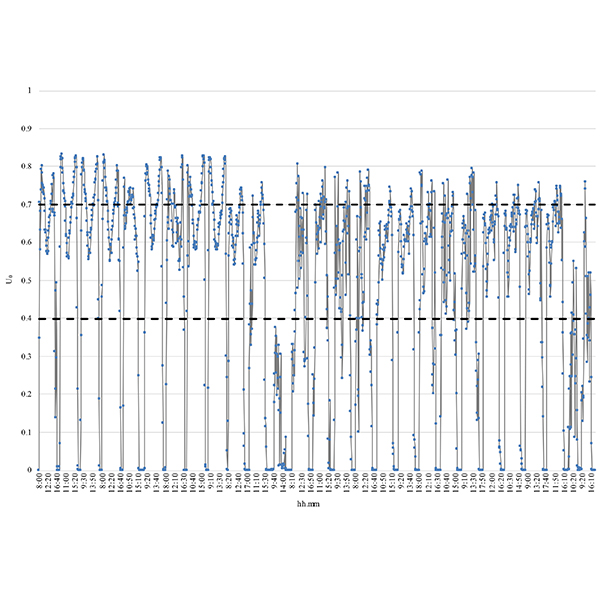
RESEARCH ARTICLE
Experimental Analysis on a 1:2 Scale Model of the
This paper is focused on the daylighting system named Modified Double Light Pipe (MDLP) designed by the authors as an evolution of the Double Light Pipe to eliminate the drawbacks due to its encumbrance and the high luminance of its upper portion.
Journal of Daylighting 9 (2022) 228-241
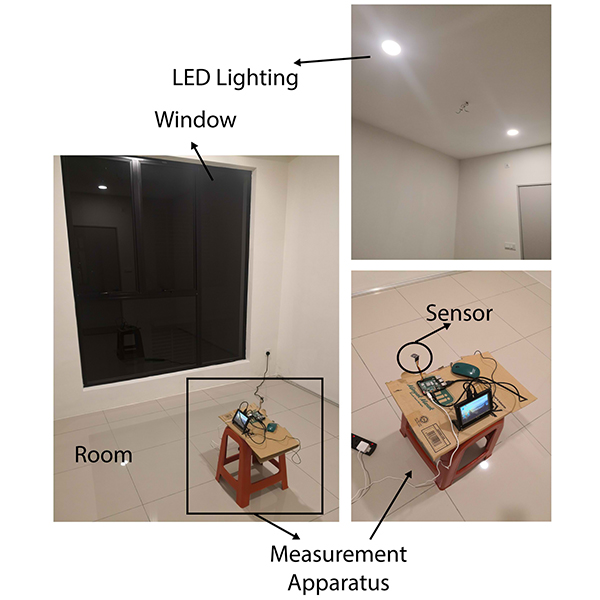
RESEARCH ARTICLE
Measurement, Simulation, and Quantification of Lighting-Space Flicker Risk Levels
Building owners are transitioning towards a smart lighting solution for illumination purposes. LED (Light Emitting Diode) lighting application has become a norm given its high efficacy and energy efficiencies.
Journal of Daylighting 8 (2021) 239-254

RESEARCH ARTICLE
Improvement of Optical Performances Using the Hybrid CPV
Hybrid Concentrated Photovoltaics (HCPVs) are systems in which additional low-cost silicone solar cells are added to take advantage of the power generated by the diffuse radiation lost when using only multi-junction cells that work only with direct radiation.
Journal of Daylighting 7 (2020) 238-245

RESEARCH ARTICLE
Daylight Distribution Improvement Using Automated Prismatic Louvre
Louvre is a common type of shading devices and has been increasingly used in office buildings. Meanwhile, some reflective types of louvre have been used to provide shade and to redirect daylight deep into buildings interior simultaneously.
Journal of Daylighting 7 (2020) 84-92

RESEARCH ARTICLE
Solar shading in low energy office buildings - design strategy and
Moving towards passive house-level envelopes, zero-energy buildings, or zero-emission buildings, where the carbon footprints of the buildings are minimal, the performance of the transparent parts of the envelope is vital for ensuring a low energy demand and a desirable indoor environment.
Journal of Daylighting 4 (2017) 1-14
 HOME
HOME